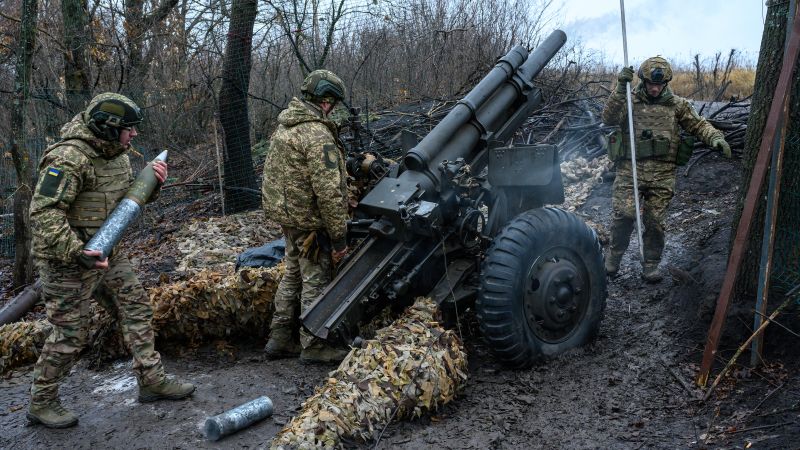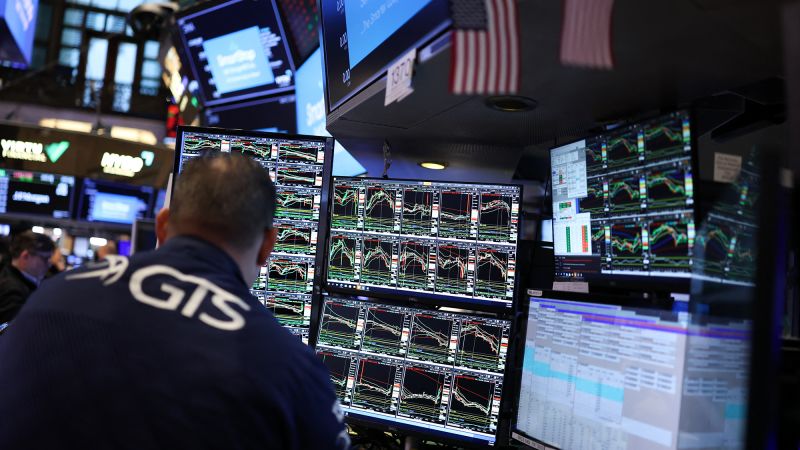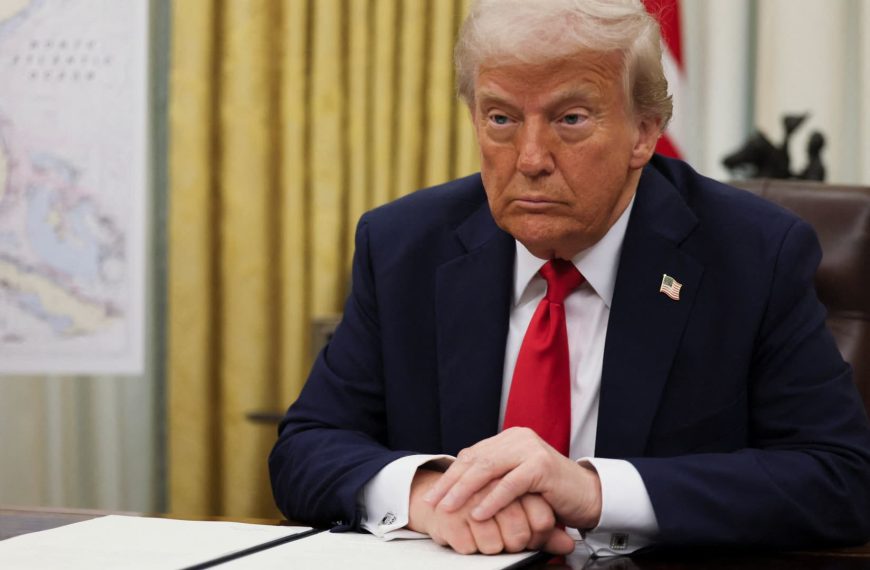The geopolitical landscape in Europe is shifting dramatically, particularly in light of the United States’ evolving role as a security ally. Concerns are mounting that the U.S. may not be willing to intervene in future conflicts, prompting European nations to accelerate their military investments. This urgency is reflected in the surge of interest from investors in defense stocks, which have recently reached unprecedented levels.
New Dynamics in European Defense Spending
As Europe grapples with the possibility of reduced American support, the stability of its defense strategy is under scrutiny. In a recent twist, the U.S. engaged in discussions with Russia regarding the ongoing conflict in Ukraine—three years post the initial invasion—without including Ukraine or its European partners in the dialogue. This exclusion has raised alarms about the reliability of U.S. backing, a role it has historically fulfilled by stationing troops and nuclear weapons across Europe.
Trevor Taylor, a notable director at the Royal United Services Institute (RUSI), expressed his surprise at the noticeable fractures in the longstanding transatlantic alliance. "I’ve been in and around defense for a long time, and I’ve never seen anything like this," Taylor remarked, highlighting the urgent need for Europe to reassess its security posture.
The Impact of U.S. Policy Changes
The recent communication from U.S. Defense Secretary Pete Hegseth emphasized a shift in American policy. During a coalition meeting in Brussels, Hegseth stated, "The United States will no longer tolerate an imbalanced relationship which encourages dependency." Instead, he advocated for a partnership that empowers Europe to take charge of its security measures.
In response to this new reality, European leaders convened a summit in Paris to discuss Ukraine’s situation and strengthen the continent’s defense capabilities. Taylor noted that while Europe values American support, "readiness to increase (its) reliance on the United States has disappeared," indicating a growing recognition of the need for self-reliance.
Surge in European Defense Stocks
This shift in focus has proven advantageous for European defense firms. The STOXX Europe Total Market Aerospace & Defense index, which tracks leading defense and aerospace companies, reached an all-time high recently, reflecting a 14% increase this year and a staggering 127% rise since before the onset of the Ukraine conflict.
Some notable stock performances include:
- Rheinmetall from Germany, up 9% this week.
- Thales from France, which has seen a nearly 10% increase.
- Leonardo in Italy, with an impressive rise of over 11%.
Investment strategist Ross Mayfield at Baird remarked that Europe’s defense stocks have significant potential for continued growth, driven by a global shift towards a multipolar world.
Future of European Defense Investments
However, to convert market enthusiasm into tangible outcomes for investors, European governments must commit increased funding for defense. EU Commission President Ursula von der Leyen recently indicated plans to propose exemptions for defense spending from the EU’s budgetary constraints, underscoring the urgent need for a boost in military investment.
Former President Donald Trump has often criticized NATO members for not meeting the 2% GDP defense spending target established years ago. Recently, he advocated for raising this benchmark to 5%, while NATO Secretary General Mark Rutte suggests it should exceed 3%.
Merely increasing financial allocations, however, will not suffice. Roberto Cingolani, CEO of Leonardo, emphasized that European nations must collaborate on developing military technologies and equipment. "All big countries in Europe tend to develop… their own aircraft, their own tank, their own ship," he noted, advocating for stronger industrial alliances across the continent.
As Europe navigates these complex dynamics, the path forward will hinge not only on increased defense spending but also on fostering unity among nations to enhance collective security measures.











